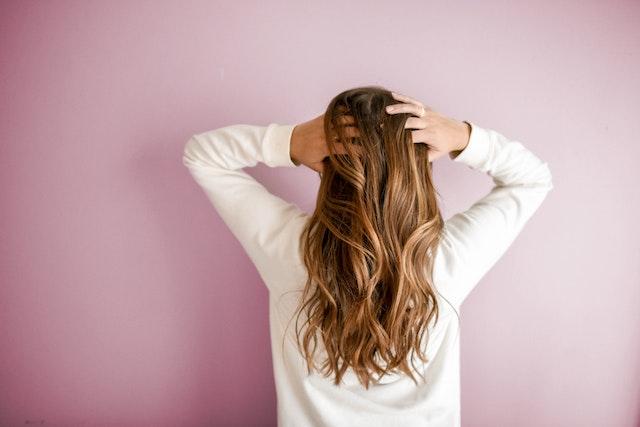
Hair Loss in General
According to Dr. McMichael, the typical number of strands you can anticipate to lose each day is determined on the thickness and length of your hair. However, if you're searching for a range, she says it's usual to lose 50 to 100 hairs every day. According to World Trichology Society board-certified trichologist David Kingsley, FWTS, there is a variability in this hard-and-firm quantity according to the duration of each person's hair development phase. As a result, he advises against getting too caught up in the numbers: Hair loss in this so-called ordinary range might still be deemed excessive if it is unusual for you. "For example, if you count your hair over a few weeks and observe that roughly 90 hairs fall out on average, you could believe that this is OK since it falls well within the 'normal' range," he continues. "If you were only losing 45 hairs per day [at one time], 90 is more than double your typical rate. This might indicate that you are experiencing significant hair loss." What is the takeaway? Compare your own hair loss to your own history, not someone else's, advises Kingsley.What's in Your Brush?
There are a few times when we notice the most hair losing, the first being when we brush our hair. According to Kingsley, the more often you brush (and wash) your hair, the less strands you should see come out each time. So, if you lose 45 strands a day on average but brush every day, you should observe a lesser, consistent number in the bristles; the majority of normal shedding occurs in the shower.If you brush your hair just a few times a week, you should anticipate an increase in hair losing since strands collect from not being combed every day. In the end, how much you see in your brush is determined by your everyday behaviors.
In the Bathtub
The second area we observe hair losing is after shampooing in the shower. What constitutes a typical quantity is determined on the amount of hair you have to begin with. According to Dr. McMichael, people with shorter and thinner hair shed less than those with thick, long hair.The amount of hair you lose after washing it varies. The less you shampoo, the more hair you'll shed when you do, according to Kingsley, who claims that 75 to 80% of the hair you lose throughout the day is washed away when you shower. Dr. McMichael believes that recording a pattern of hair loss that deviates from your baseline, rather than a numerical quantity, is a stronger sign of a problem.
In Your Hands
Again, this is based on the individual. According to Dr. McMichael, it's normal for a person to lose five to eight strands of hair while running their hands through their hair—but there are other elements to consider, such as hair type and texture, products, and stress levels. "Everyone is different," she explains.The usual quantity of hair you lose each day should not vary quickly, and it's critical to distinguish between brushing your hands through your hair and yanking on your strands, according to Kingsley. The latter does not precisely indicate whether your hair loss is typical or cause for concern, and Kingsley warns against using it as a barometer because of its addictive nature. "If a person pulls on his or her hair and does not see any hair the first time," he explains, "he or she will repeat the activity four or five times until hair falls out." "It's almost as though people want constant verification that their hair is thinning."
When Should You See a Doctor?
Bald patches and patchiness, according to Dr. McMichael, are evident signals that your hair loss or shedding is abnormal; losing huge clumps of hair and having scalp symptoms such as irritation and discomfort may also be reason for worry. Remember that hair loss is not confined to your scalp: same symptoms may also apply to your brows, lashes, and face—or anyplace else on your body that typically has hair.According to Kingsley, excessive hair losing that lasts more than 2 to 4 weeks warrants medical care. And, if your ponytail has become thinner or you can wrap a band around it more times than before (provided the band is not stretched out), get treatment—this might be another indicator of irregular hair loss.
Whatever you do, all experts recommend consulting with your doctor first. "Every kind of hair loss is distinct, and therapy is dependent on the type of hair loss the person is experiencing," explains Dr. McMichael. "Healthcare experts make treatment recommendations based on a variety of criteria, including the volume and location of hair loss. To make treatment choices, patients should always consult with their doctor."



